With the $3 billion-a-year craft beer boom in New York, hop growers – and farm breweries – are seeing a boost as the state continues to incentivize locally grown ingredients.
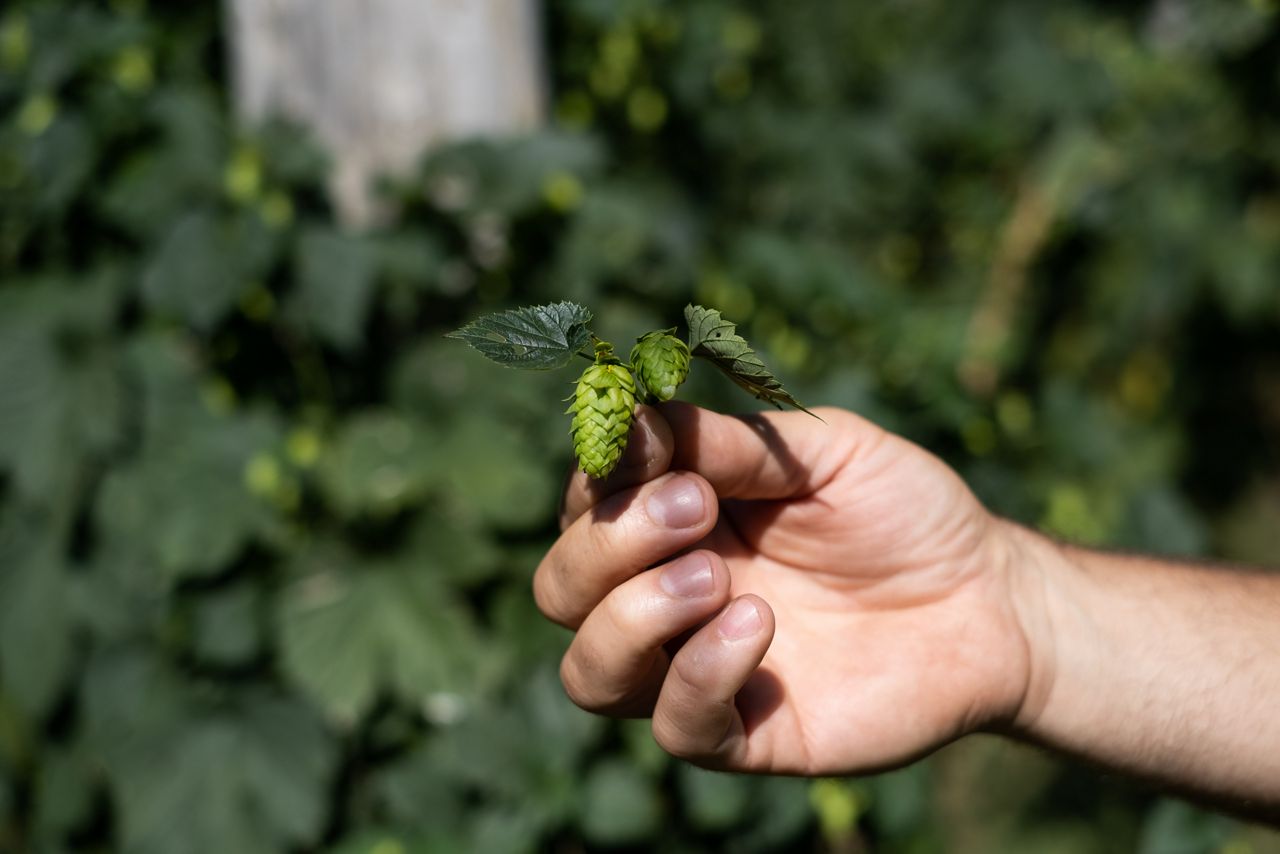
Madison County’s Critz Farms, owned and operated by Matthew and Juanita Critz, is one such farm brewery, producing its own barley, pumpkins, apples and maple syrup that they use in their beers and ciders.
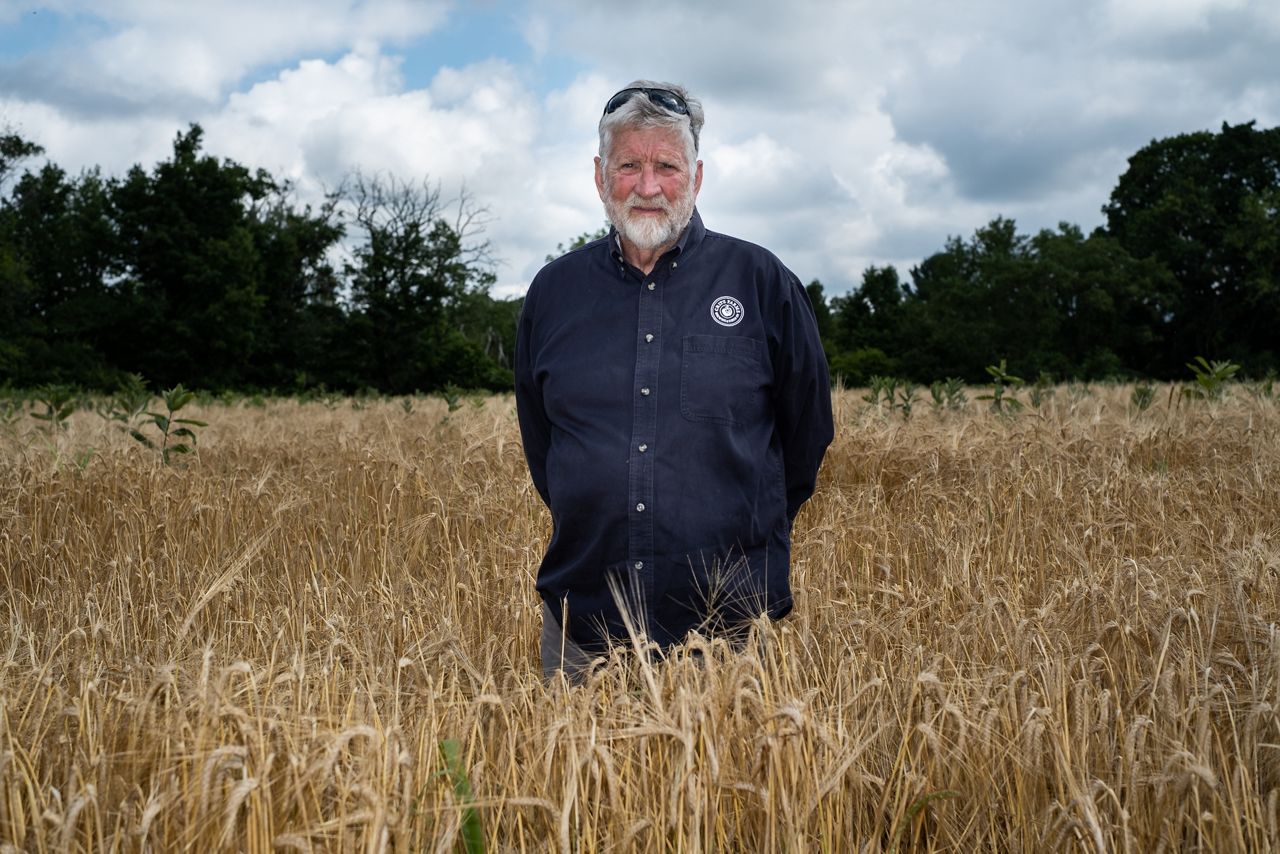
The Critzes started making hard cider in 2010 and then realized they needed to change with what their customers wanted.
“Once we started doing cider, we realized that a lot of the crowd that would come in kept asking for beer,” said Matthew. “And beer and cider seem to go together really well for tastings and things like that.”
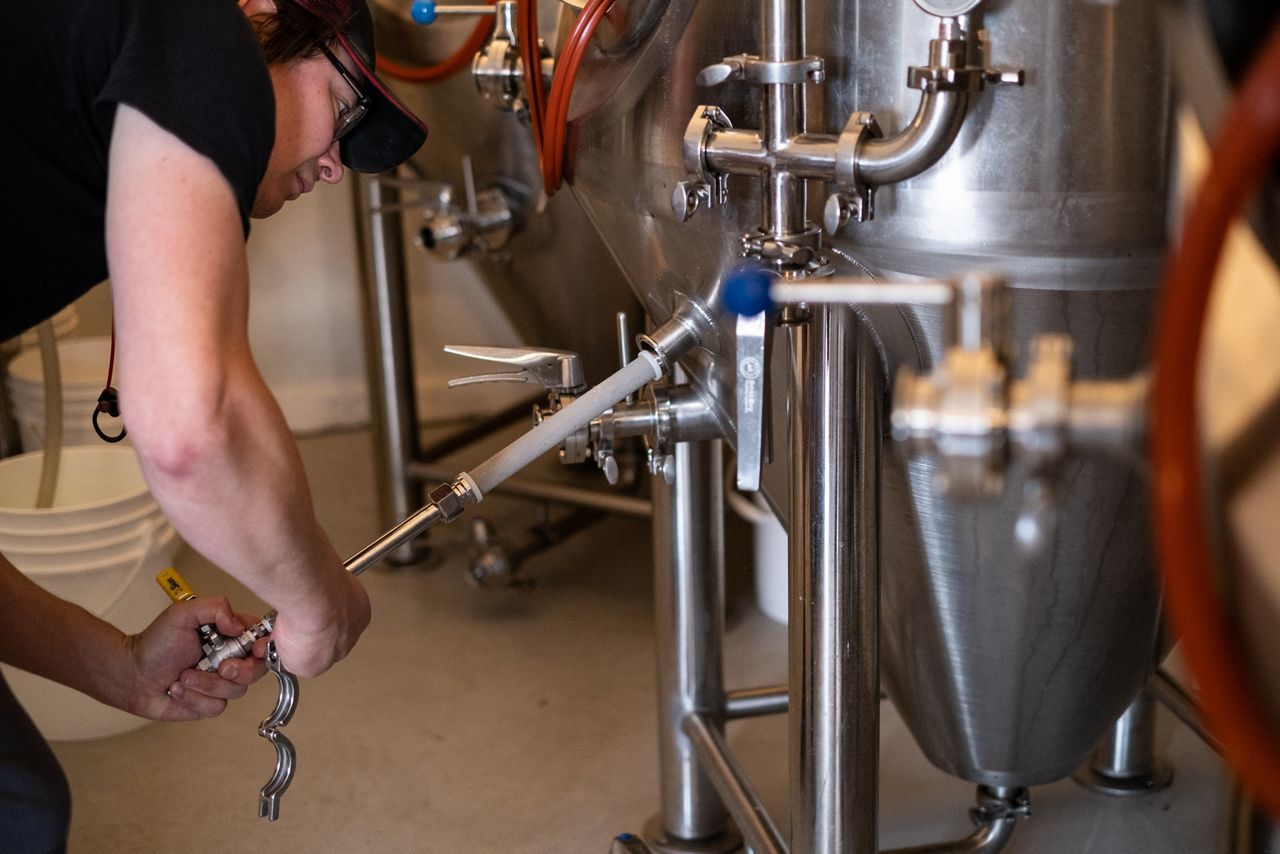
Critz explains that most of their beers use barley, which is made into malt, from their farm including their Pig City Porter and variety of IPAs. He prefers to use ingredients grown on their farm as much as possible.
“Seventy to eighty percent of our apples are now used for our cider,” said Critz.
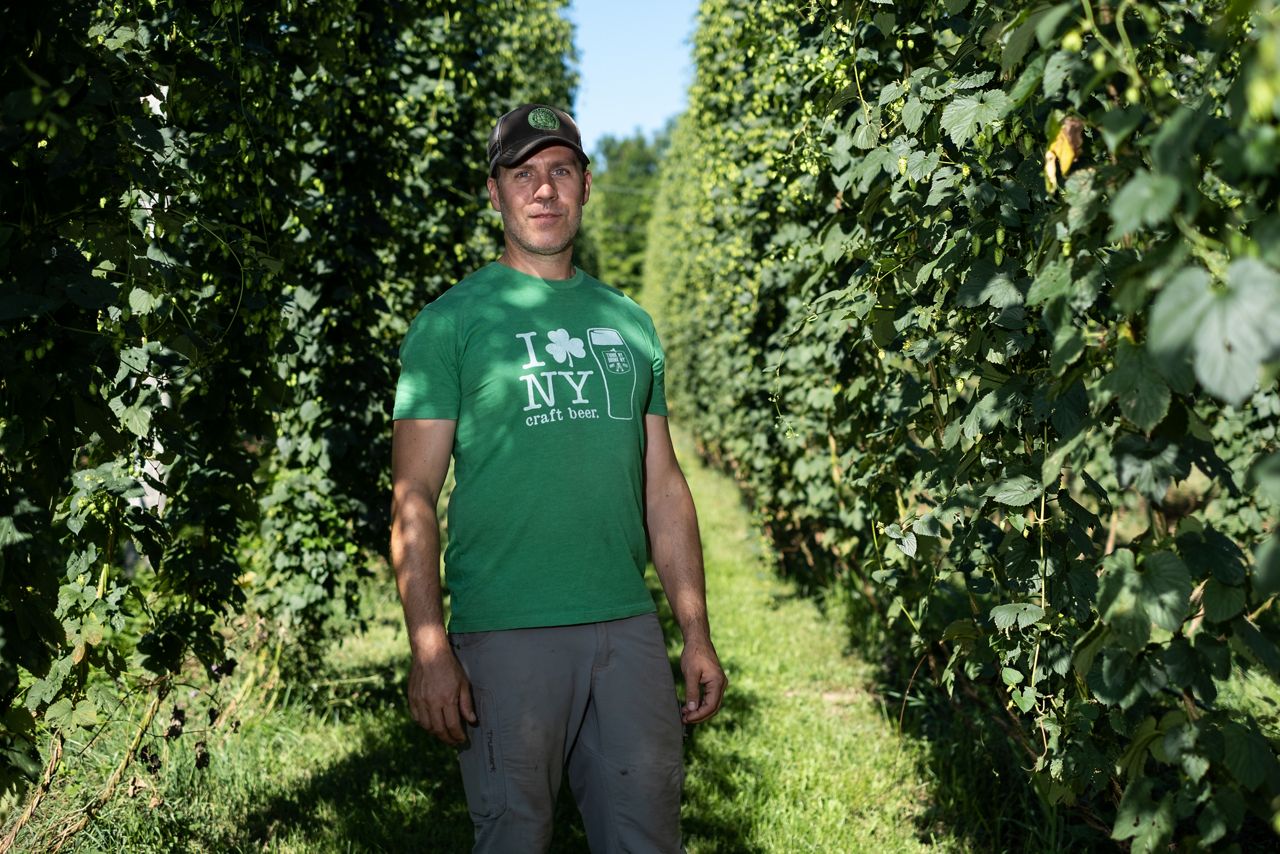
Previously, Critz had grown hops to be used in their beer as well, but they can be challenging to grow, so instead, he started purchasing the hops from local hops farmer, Chad Meigs, who owns the Bineyard.
Meigs grows six varieties across four acres of hops on his property and two acres at Meier’s Creek in Cazenovia. He began growing hops in 2010 when he planted four hop plants.
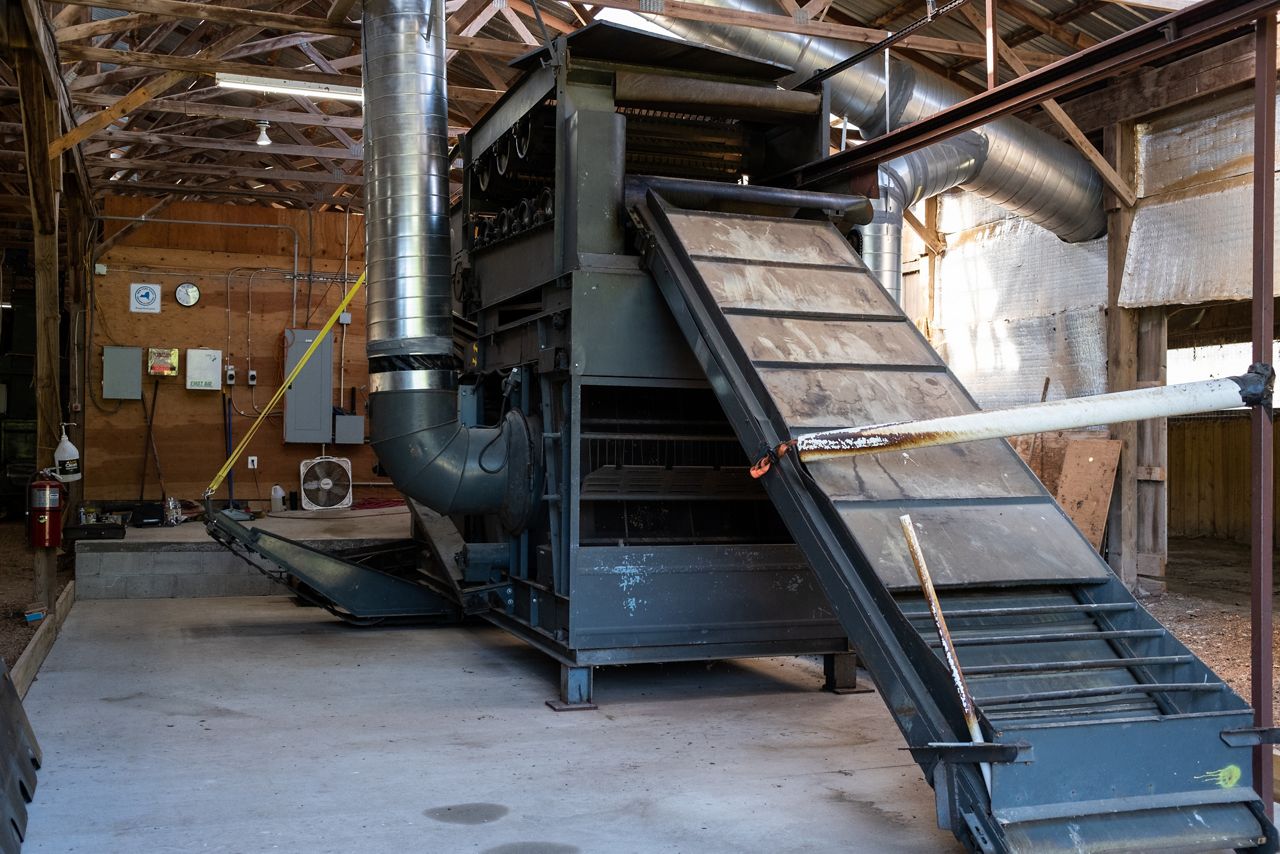
“It was four hops in the ground that turned into 150, which turned into 5,000 which is what you see here now, but the production here at this farm started six years ago,” said Meigs.
Hops are perennials and return every year, but they take three years to produce a yield. Meigs explains that hops must be supported by a trellis because they can grow incredibly tall.
“The trellis is just a big structure to hold the plants, and because hops grow 18 feet high, each plant can weigh up to 15 pounds each,” said Meigs. “So, when you have hundreds of them in a row, that’s a lot of weight, so you need a trellis to hold everything up.”
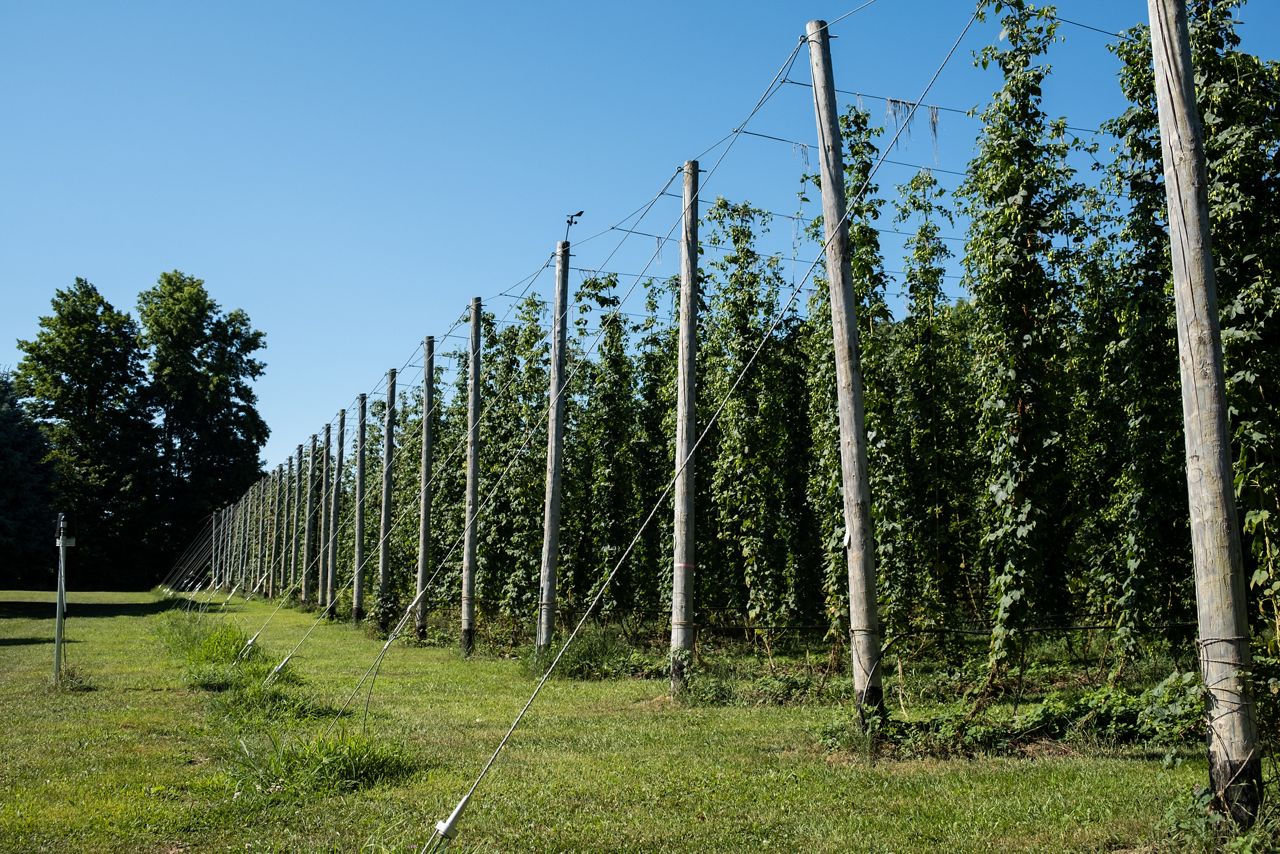
Some challenges that come with growing hops include mildew, blight and certain pests such as aphids, leafhoppers, and two-spotted spider mites.
Meigs said he tries to be environmentally conscious with what he uses on the hops, but because of these pests, it is exceedingly difficult to be an organic hops farmer.
To help farmers, New York provided money to Cornell Agritech to research a new breed of hop specific to New York – in a similar way grapes were bred for Finger Lakes wineries.
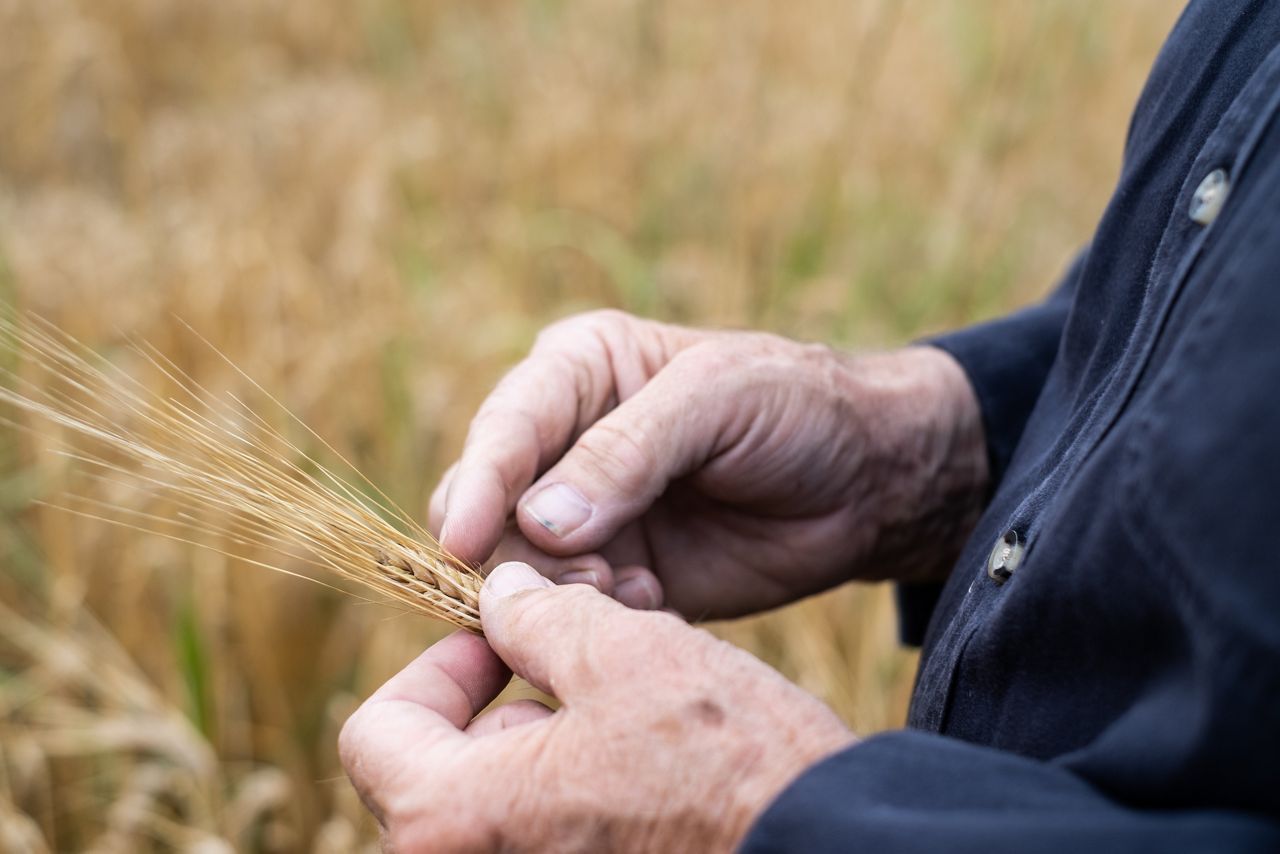
“The last two seasons we've secured $350,000 annually for Cornell Agritech to start a hop breeding program to breed a hop specifically for New York, which is very exciting,” said Meigs.
New York also incentivizes home-grown brew-related agriculture by mandating at least 60% of the hops and other ingredients have to grown in the state in order for a brew to be considered a New York beer.
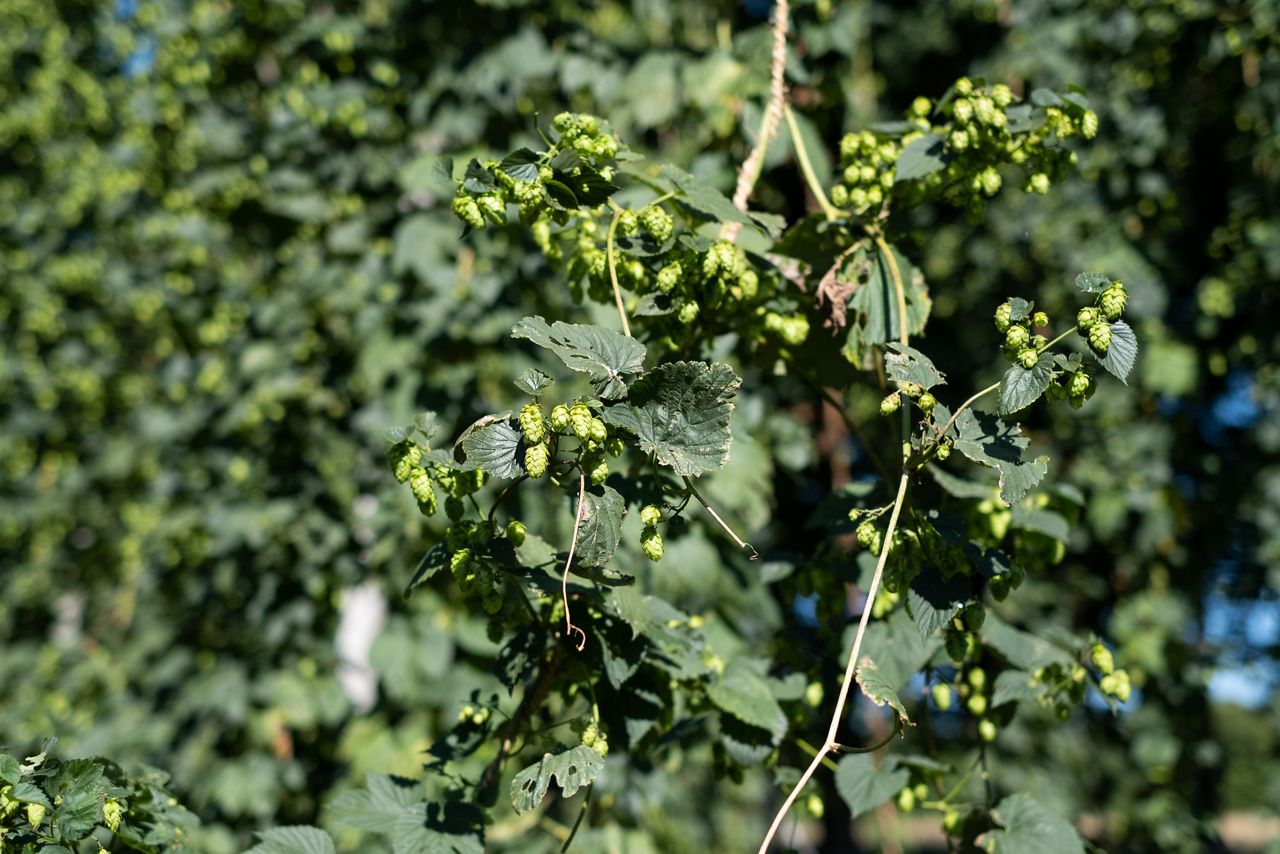
That threshold will rise to 90% in 2028.
“That drove a lot of people like us to start commercial farms, and it drove a lot of brewers to start commercial breweries. So that inflated New York state to today where there's over 500 breweries and the second most in the country, second to California,” said Meigs.
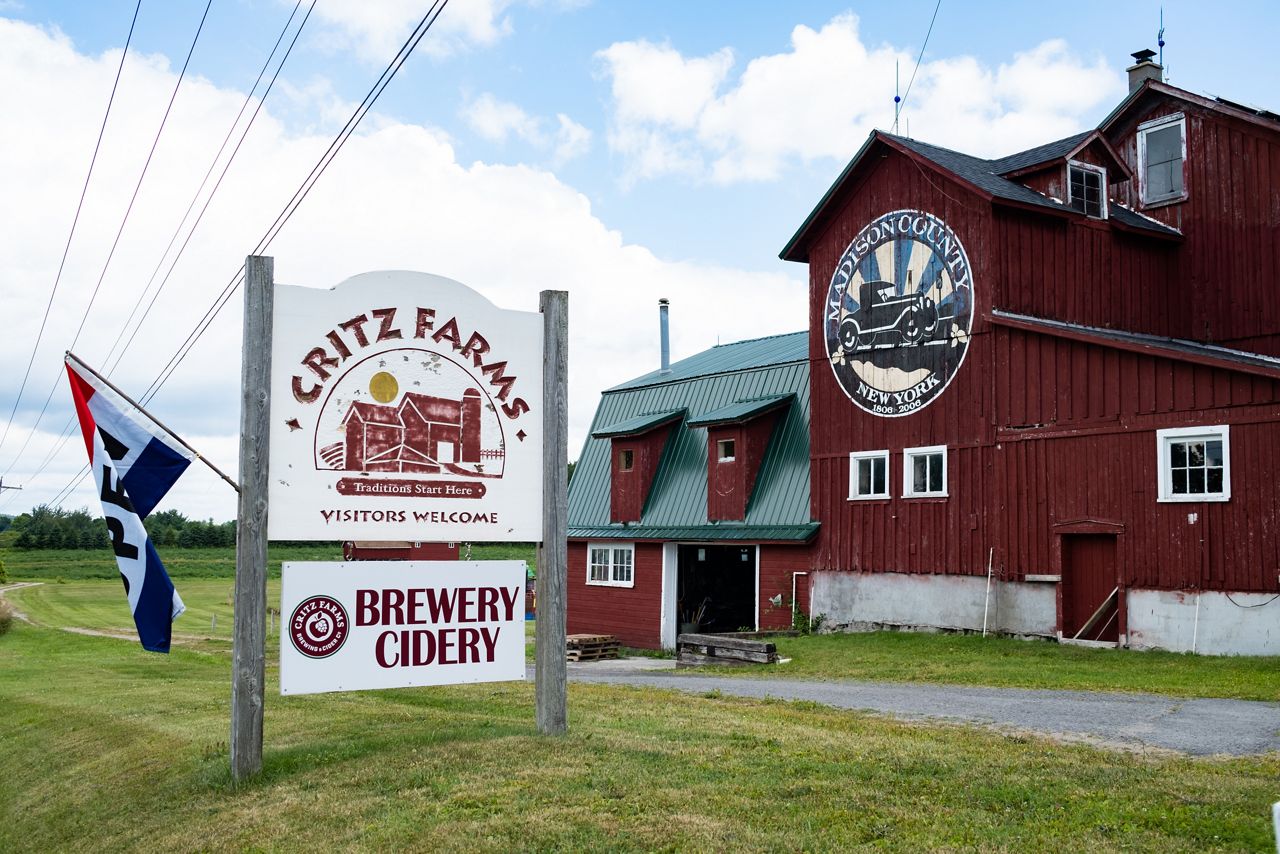
Critz said the legislation was a win-win for breweries and farmers.
“I think it has worked really well and it gave the craft beer business a huge boost,” said Critz. “It put a lot of people to work and benefited New York state farmers.”
